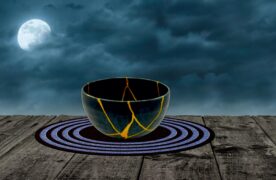He directed “Who Is Dayani Cristal?”, a documentary which recently premiered in the UK and recounts the dangers faced by immigrants travelling from Mexico to the United States through the so-called “death row”.
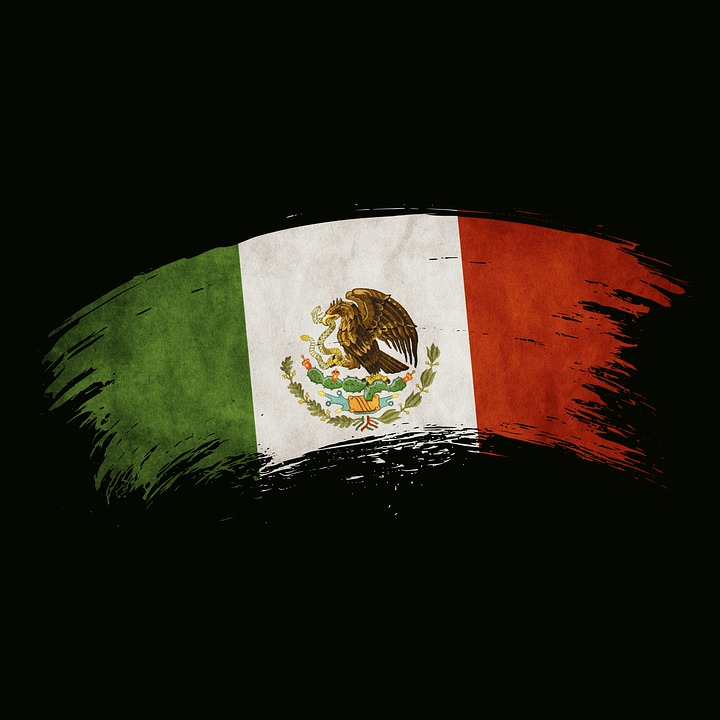 Juanjo Andrés Cuervo
Juanjo Andrés Cuervo
Thousands of people die on the journey, even before they reach the desert.
On route to the dividing wall between Mexico and the United States, more than 10,000 people have been kidnapped, and 60% of women have been raped.
Following extensive research, Marc Silver and Gael Garcia followed in the footsteps of the late Dilcy Yohan Sandres Martinez, a Honduran who left his village, Escanito, in search of a better life for his family in the United States. Once filming of the documentary was complete, Marc Silver and his team decided to donate $80,000 to help build schools and create a running water system in Escanito.
Having always believed that stories about poeple are more important than those about politics, it’s almost impossible for Silver to believe that the Unted States will ever remove these borders.
For Silver, the prizes his documentary has won don’t mean much. The most positive thing to come from the film was for people to see it, and learn about the dangers faced by immigrants.
In his opinion, the most “ironic” prize was that awarded to him in Abu Dhabi, “a country where 95% of the immigrants are living in poor conditions.”
Marc Silver spoke to The Prisma about his experiences directing such a hard story.
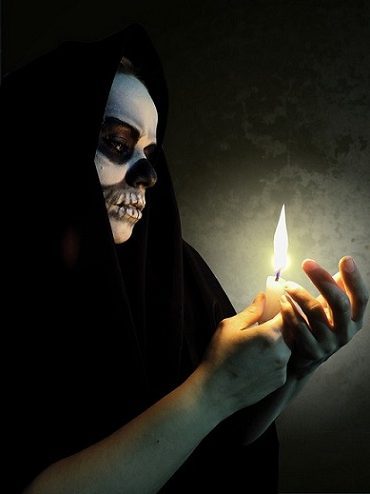 Where did the idea for this film come from?
Where did the idea for this film come from?
Initially, we created a web page and asked people to send in their stories of resistance, war, and the boundaries between the rich and the poor. They sent us photos of the bodies in the Arizona desert, and we decided to investigate the causes behind these deaths.
You made the journey from Honduras to the United States border while filming the documentary. Was it harder than you imagined?
The journey across Mexico to the United States border is undoubtedly one of the most dangerous journeys in existence. More than 10,000 people a year are kidnapped and 60% of the women are raped on the way.
Part of this trip includes a ride on top of a train called “The Beast”, and you can imagine the dangers this entails.
How long did it take you to make the film?
We started in November, 2009 and finished in 2012.
The film has premiered in the United States and the UK recently. Does it help your work for people to be made aware of what life is like for immigrants?
The film has made the issue of immigration more visible. After so many events and films which have been released in the United States, and after talking to many people, you realize that most people don’t realise the importance of the work that immigrants do in a country. Outside the United States, few people know that an actual wall exists which separates the US from Mexico. Who Is Dayani Cristal? isn’t just an account of this border, it is the story of all boundaries which exist in the world.
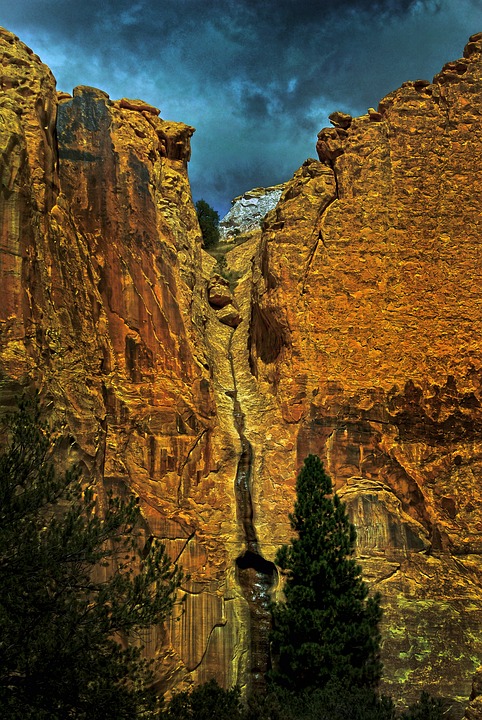 With the number of people who died trying to cross the desert to reach the US, do you think the wall will be pulled down?
With the number of people who died trying to cross the desert to reach the US, do you think the wall will be pulled down?
I don’t think it will ever happen. Given US politics, I cannot imagine this situation ever happening.
The documentary is quite hard-going to watch. Was it emotionally difficult for you to make a film of this type?
Yes. It was very difficult and disturbing to see so many bodies and skeletons.
The emotional intensity is great, but it’s nothing compared to the immigrants’ situation. They either have to cross the desert themselves, or in many cases have suffered the loss of a loved one who has tried. This situation is the direct result of decisions made by larger countries on dealing with immigrants.
We are privileged to know how these decisions have affected them and to be able to tell that story for them.
Why did you choose Dilcy Yohan Sandres Martinez’s story?
We looked into the stories of many immigrants who had crossed the Sonoran Desert, but unlike the others, Dilcy Yohan Sandres Martinez was easy to identify because of his legendary Dayani Cristal tattoo. Statistically, there are 2,000 bodies in the morgue, 700 of which are unidentified, which gives just a glimpse of how difficult it is to know who they are.
After what happened, what were you feeling when you spoke to Yohan’s family?
They hoped that the documentary could help to avoid a repeat of this situation. When we finished shooting the movie, we went to see Yohan’s family to ask if they wanted to change anything, but they decided not to delete anything.
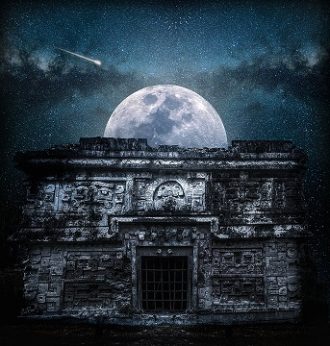 hey know that this story is not just Yohan’s story; it is the story of every immigrant who makes this journey.
hey know that this story is not just Yohan’s story; it is the story of every immigrant who makes this journey.
You direct real stories, and usually business and emotions have to be kept apart. In this case, did you establish a bond with Yohan’s family?
Since we started filming I’ve visited them five times, and I talk to them through social networks. We were also in contact with many immigrants who have made the journey through the documentary’s website and through social networks. We have donated $80,000 to help build schools and create a running water system in the village where Yohan’s family live.
You and Gael Garcia Bernal also made “The Invisibles”, a documentary which talks about the dangers in Central America. Were there any similarities between the two films?
The Invisibles was filmed while we were researching the trip made by immigrants in Central America. That film was important when we were researching information for “Who is Dayani Cristal?”
At the Sundance Film Festival, “Who is Dayani Cristal” won the award for Best Picture and was nominated for Best Documentary. At the Cork Festival, it won the Audience Award. Are you proud?
I’m not against the prizes we won at the Sundance and Cork Festivals; they help the film to be seen by more people. But when we won an award in Abu Dhabi it was really ironic, because 95% of the people living in that city are immigrants living in poor conditions. When I left the festival to go to the airport I saw hundreds of buses full of immigrants arriving from the desert. It was a shocking moment.
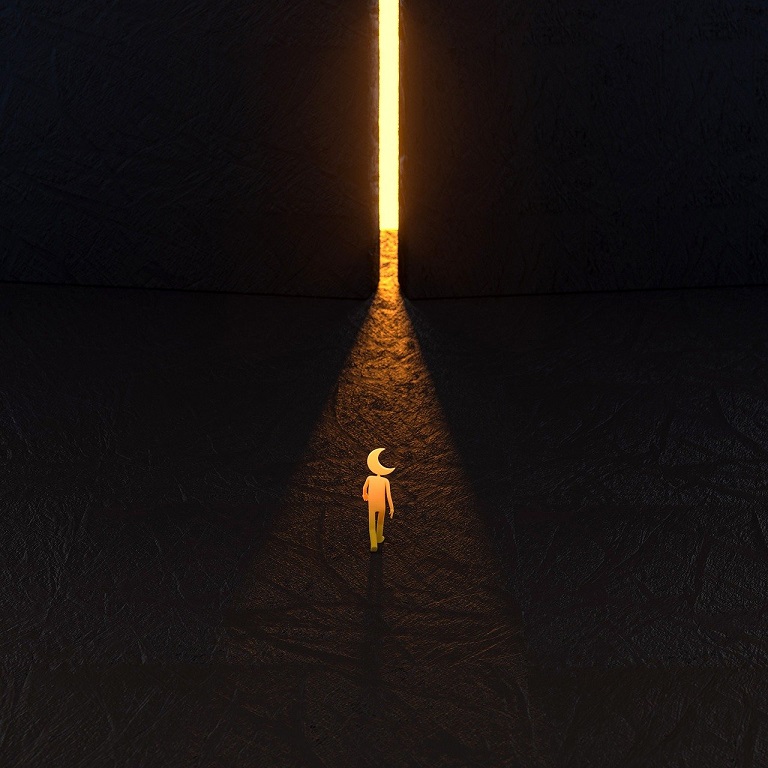 One phrase caught my attention: “The poor are the spiritual reserve of the world” What does this mean?
One phrase caught my attention: “The poor are the spiritual reserve of the world” What does this mean?
It’s a phrase that the head of a youth hostel Mexico, Father Solarinde, said. It means that the capitalist system is unsustainable, destructive and has no future. It causes many people to make a hazardous journey to find work in order to take care of their family.
Has making this documentary changed your perception of the world?
I couldn’t choose just one; each work offers me something emotionally different from the rest.
Have you starting working on any new documentaries?
Yes, I’m working on several projects. The most hard-hitting is a documentary about racism and guns in America.
When will that be released?
I hope it will be ready by December this year.
(Translated by Marie-Thérèse Slorach – Email: marietherse.slorach@gmail.com) – Photos: Pixabay












.jpg)



